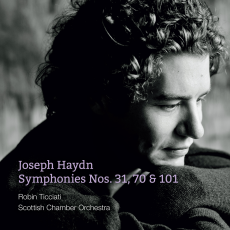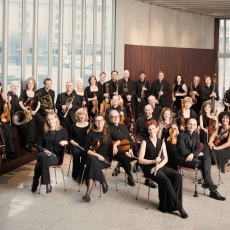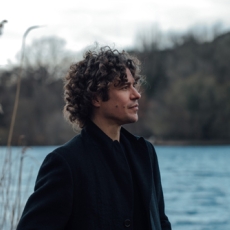Robin Ticciati & SCO - Haydn: Symphonies 31, 70 & 101 - InfoDad
The original venues for Haydn's symphonies were concert halls, whether at the Esterházy palace or in London for impresario Johann Peter Salomon, and it is worth remembering that these works' primary purpose was always entertainment: Haydn managed to advance the symphony extensively and in very significant ways, but without the heaven-storming intensity that Beethoven (Haydn's onetime pupil) brought to the form in ushering in the Romantic era. Haydn's works are far from simple but are invariably pleasant, generally light in scoring if not "light" in the sense of communicating only on a surface level. A new Linn Records SACD featuring the Scottish Chamber Orchestra under Robin Ticciati offers an unusual combination of Haydn symphonies and in so doing highlights just how distinctive Haydn's works in this form were. Ticciati is not an especially idiomatic interpreter of Haydn, but the orchestra plays very well indeed and the enthusiasm of conductor and musicians is palpable. This is especially so in Symphony No. 31, the unusually scored "Hornsignal," which in addition to four horns calls for a solo flute and pair of oboes and includes solo parts for violin, cello and double bass. This highly inventive work sparkles here, with the horns if anything a touch too bright (natural horns fit this music much better); the gentle Adagio, where solo and pizzicato strings are prominent, comes off especially well. Symphony No. 70 is a rather odd choice for this disc: written in 1779, 14 years after No. 31, it is rarely performed and is generally rather conventional for a work of its time. It is also short - only about 19 minutes - and its longest movement, the Andante, is rather cold. Austere scoring and contrapuntal structure are this work's hallmarks. Ticciati leads it in rather workmanlike fashion - there is nothing particularly distinctive in his approach, although the playing is again first-rate. Symphony No. 101, the popular "Clock" of 1794, fares better, the contrast between the rather eerie opening of the first movement and the bright main section handled very well, and the tick-tock sound in the second movement (whence the work's nickname) given in proper context and not overemphasized. The dramatic closing of the symphony is rousing and attractive, and the overall impression of this recording is the happy one of musicians having as good a time with the music as Haydn intended his audience to have.


